Harvesting the right aromatic plants for your indoor garden
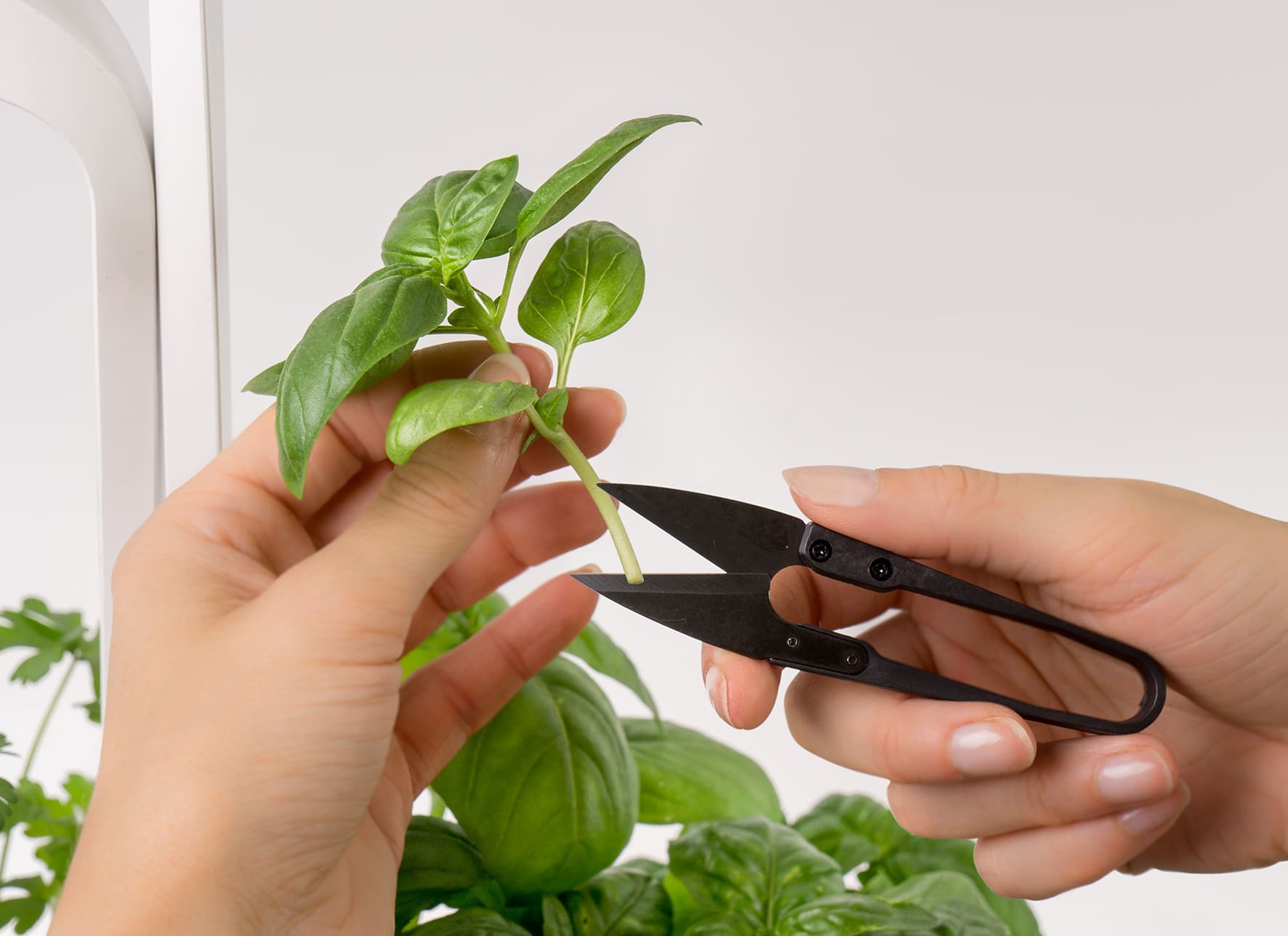
You started your indoor garden Véritable® a few weeks ago and now you're wondering how and when to prune and harvest your herbs, edible flowers and baby vegetables?
If you want to give yourself the best chance of getting vigorous, dense plants that produce abundant harvests, follow these Véritable® growing, maintenance and harvesting tips.
Why is trimming important?
Plants naturally compete for light. By cutting back those that cast too much shade, you help smaller leaves and buds access the light they need to grow. Additionally, removing excess leaves or ripe fruits redirects nutrients to other parts of the plant, ensuring better development and ripening.
Pro tip: Harvest your fruits and vegetables as soon as they are ripe and regularly trim dead or yellowing leaves. This encourages the growth of new branches and delays the flowering of aromatic herbs, preserving their flavor. The goal is to keep your plants as productive as possible for as long as possible!
Tips and techniques for a successful harvest
Combine the right plants: Plant species of similar size and growth rate side by side. Check the packaging of your Lingot® Véritable for a good match.
Don't harvest too much at once: Never harvest more than a third of the plant at a time! Each plant must retain enough energy to ensure the circulation of sap and nutrients.
Remove flowers at the right time: Aromatic plants tend to go to seed once they've bloomed, which spoils their taste and slows down the production of new leaves. Pay particular attention to :
- Basil
- Parsley
- Coriander
- Thyme
By applying these tips, you'll enjoy generous, tasty plants for longer!
Soft-stemmed herbs
Basil: Start pruning early, around 3-4 weeks after planting or when the plant has 3-4 pairs of leaves. Cut off the top of each stem to encourage branching and create a fuller plant. For harvesting, pick the largest leaves or cut a stem just above a node.
Dill: Begin harvesting when the plant reaches about 20 cm (8 inches) and has 4-5 leaves. Cut the thicker of the two main stems at the junction to encourage new growth.
Parsley & Coriander: Cut entire stems at the base of the plant, always harvesting the oldest outer stems first. Leave the younger central stems untouched to allow continued growth.
Chives Start harvesting after about 5 weeks or when the plant begins to bend. Gather all the stalks in one hand and trim about one-third of their height. The more you harvest, the thicker and denser the stems will become.
Woody-stemmed herbs
Thyme, Oregano, Mint, Lemon Balm: Trim the longest or most overgrown stems just above a node. This will encourage new shoots and prevent the plant from becoming too leggy.
How to harvest leafy vegetables?
For a single harvest, cut the plant at its base, about 3 cm (1 inch) from the ground. If you prefer multiple harvests, pick only the outer leaves and leave the center intact. Keep in mind that after 1-2 cycles, the flavor and texture of the lettuce may decline.
How to harvest edible flowers?
Trim large leaves that might shade other plants. Only pick fully bloomed flowers by cutting them with about 2 cm (¾ inch) of stem to maintain freshness. Remove the pistil and stamens before eating to enhance flavor and reduce the risk of allergies. For zucchini flowers, harvest them early in the morning when they are fully open, as their bloom time is short.
How to harvest fruits and vegetables?
General tips: Harvest frequently to stimulate continuous production. Expect some leaves to yellow and wilt as the plant focuses energy on fruit development. Remove these leaves to help the plant channel its energy into producing new growth. Pollinate flowers manually every 2-3 days for maximum fruit yield. (Check our article on manual pollination for more details.)
- Tomatoes: Pick when they are fully red and slightly firm to the touch.
- Bell Peppers: Harvest when they begin changing color from green to yellow, then red. The riper they are, the sweeter their flavor. Be gentle when picking, as the stems are fragile.
- Chili Peppers: Like bell peppers, chili peppers go through color changes. Pick them when they turn bright red for optimal spice and flavor.
How to maintain your Véritable® indoor garden?
As your plants mature, you may notice some leaves turning yellow or brown—this is completely normal. Regularly remove these leaves to maintain plant health. Also, trim dead stems at their base using scissors rather than pulling them out.
After 3 to 6 months (depending on the plant), if growth slows down or stops, it's time to replace your Lingot®. Choose a new Lingot® to refresh your indoor garden and explore new flavors!
Watering Tip: Add water when the light blinks slowly in blue, filling the reservoir until the small flap closes.
By following these simple maintenance and harvesting tips, you’ll enjoy a lush, healthy garden with abundant and flavorful crops!
Share this content

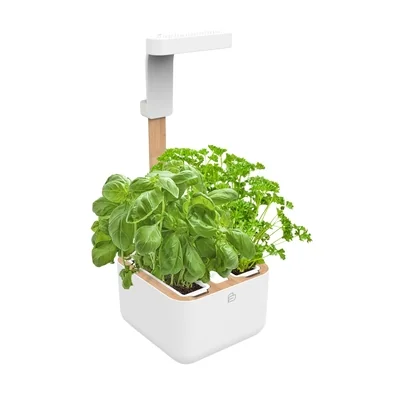
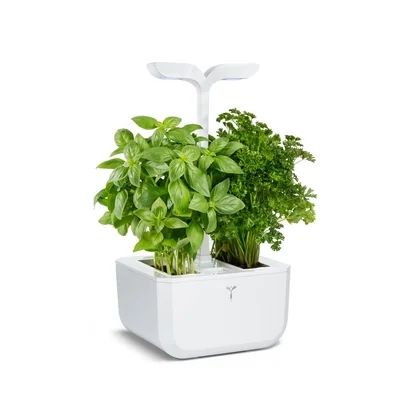
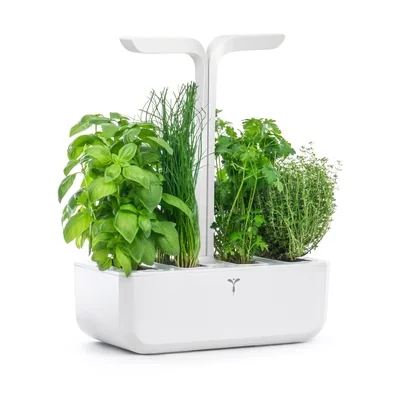
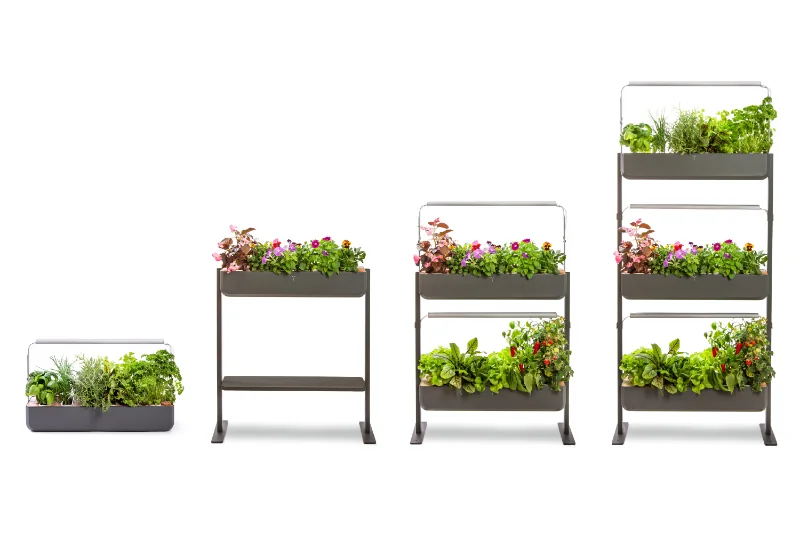
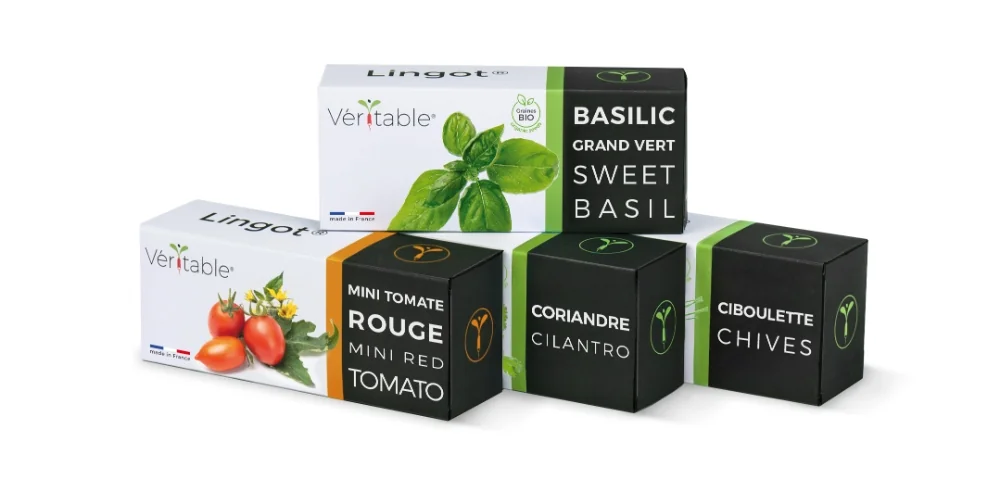
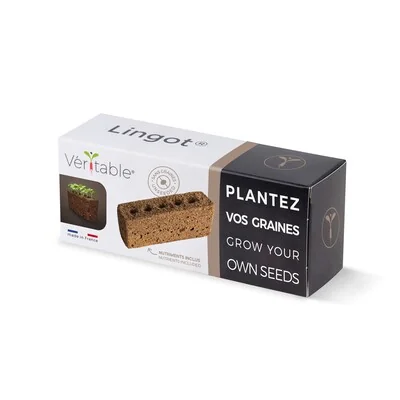
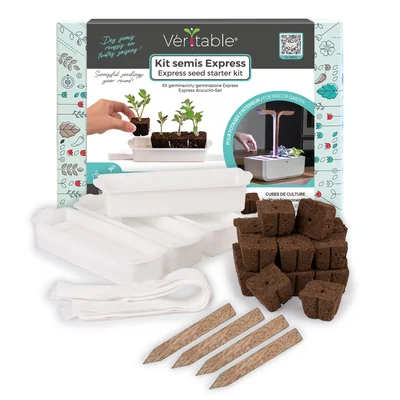
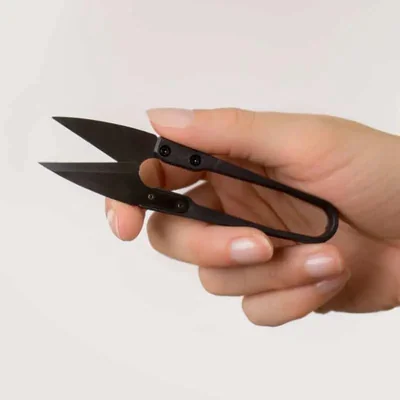
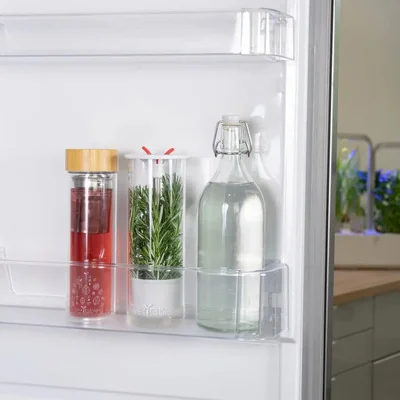
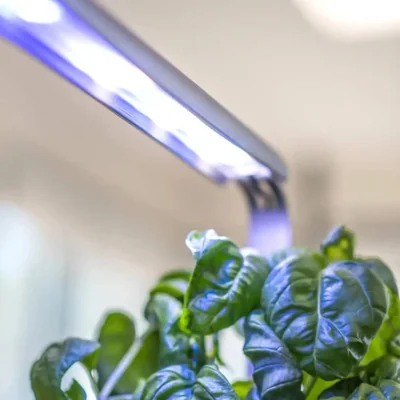
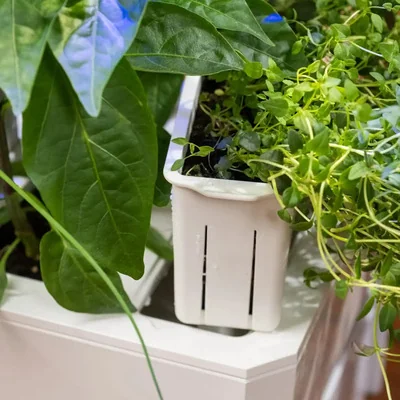
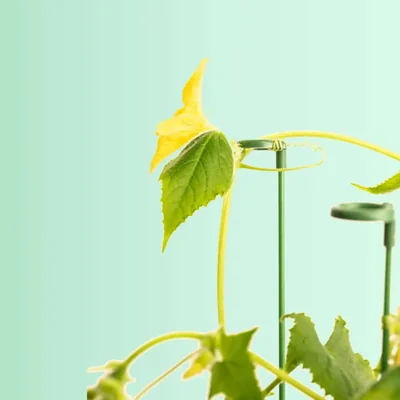
 Aromatic herbs
Aromatic herbs  Recipes
Recipes  Salads
Salads  Main dishes
Main dishes  Appetizers
Appetizers  Desserts
Desserts  Beverages
Beverages  Festive meals
Festive meals  News and events
News and events  Tips
Tips 

